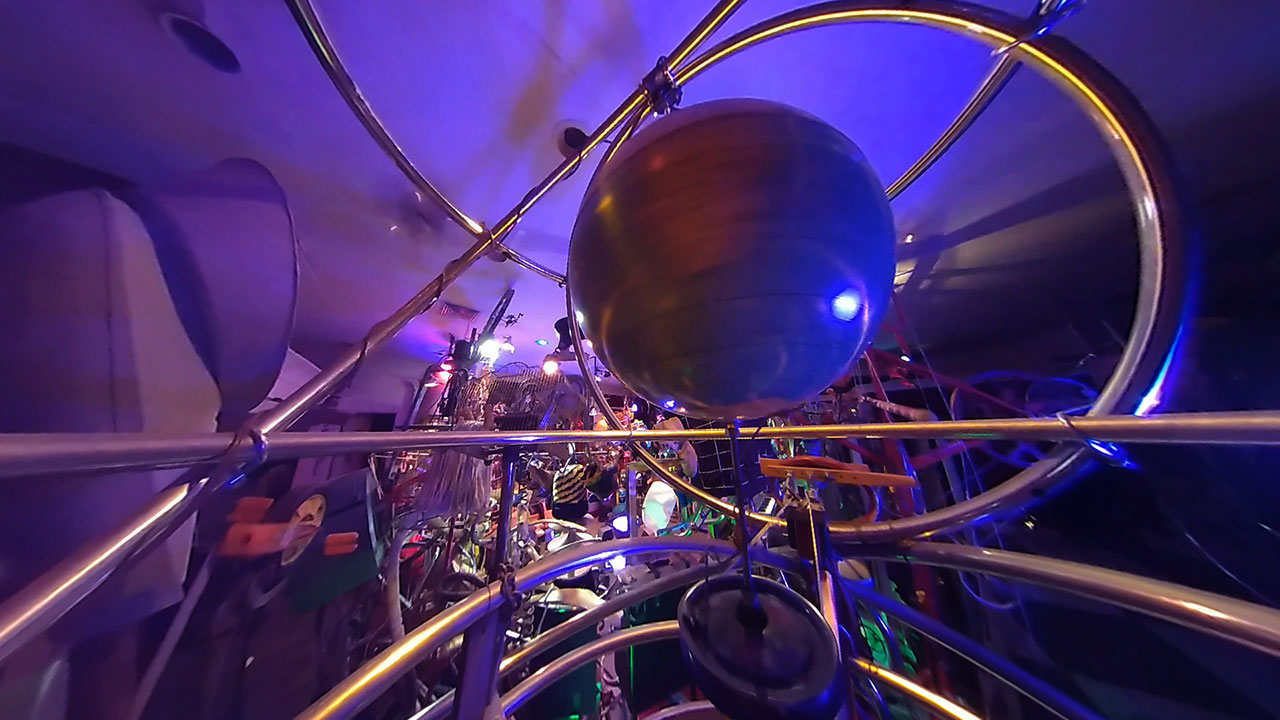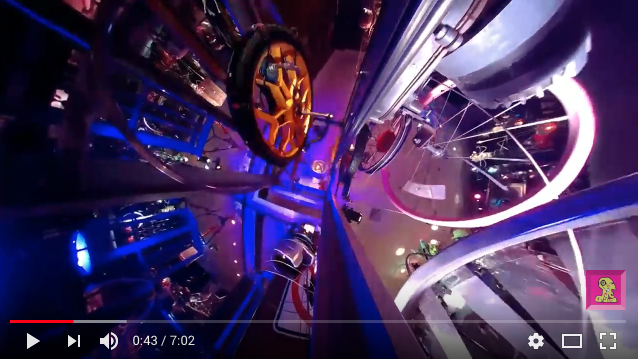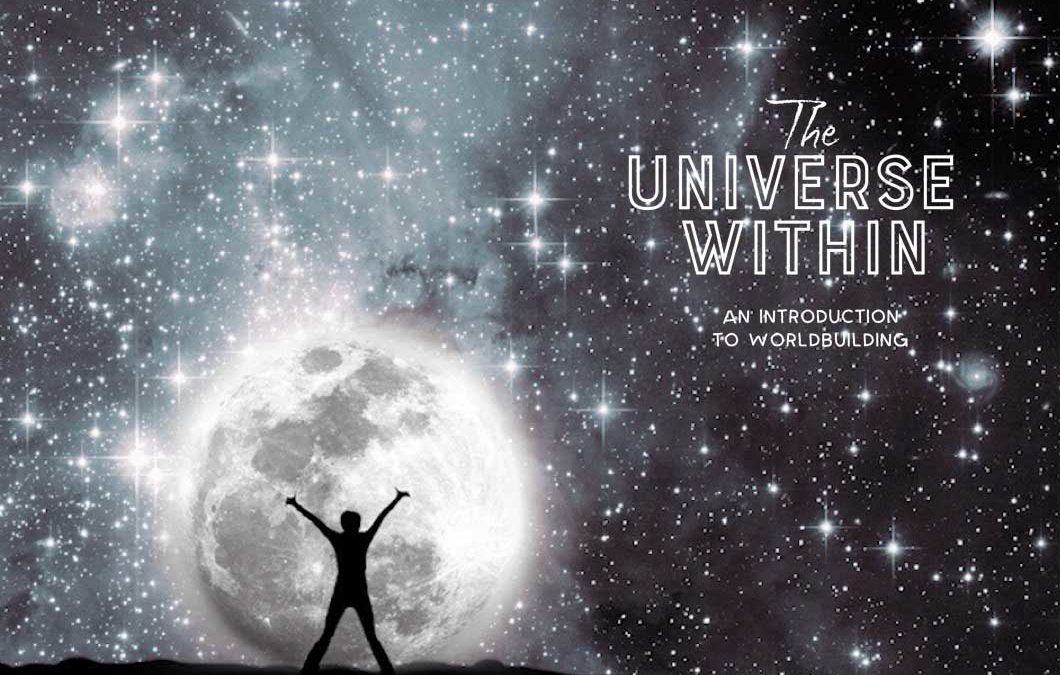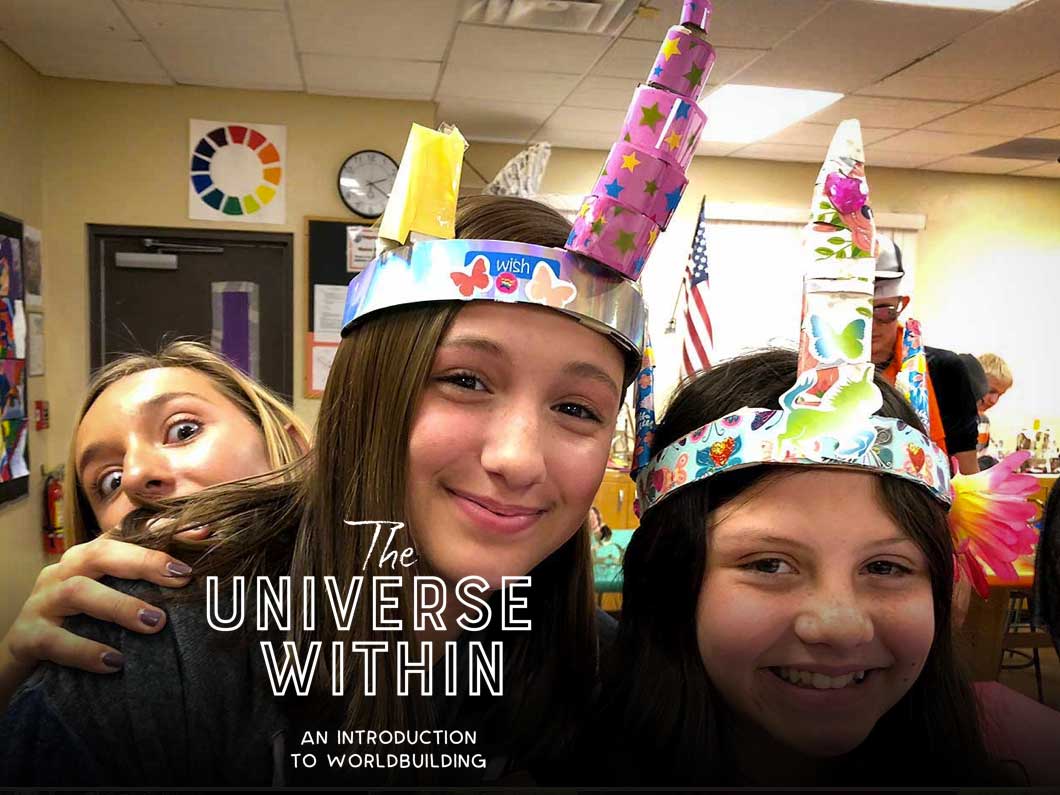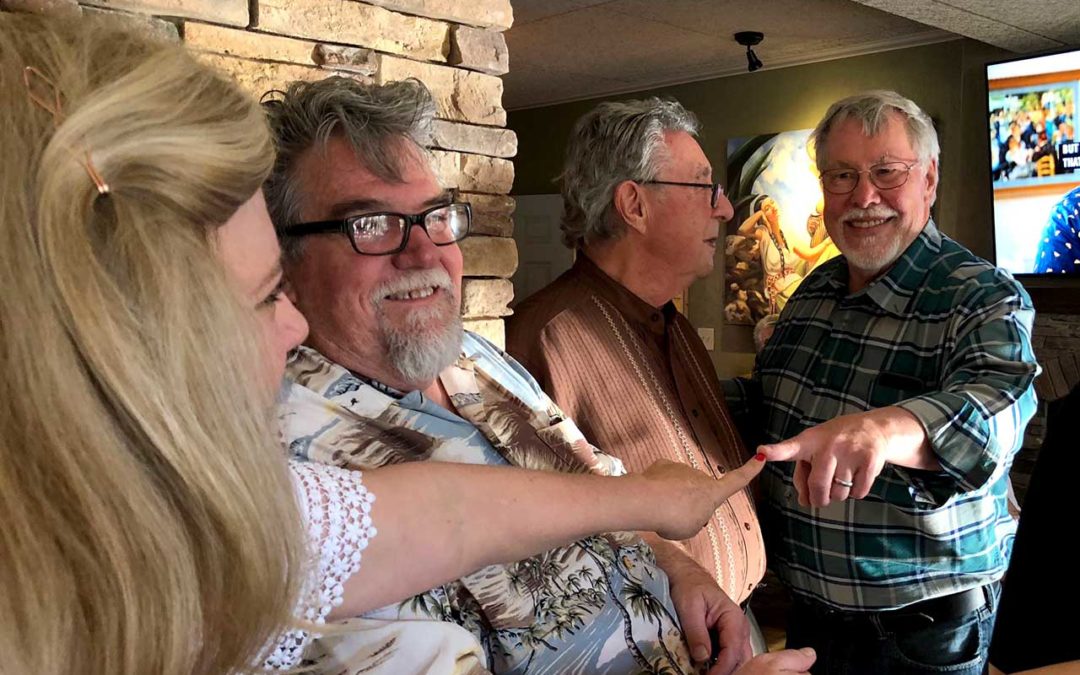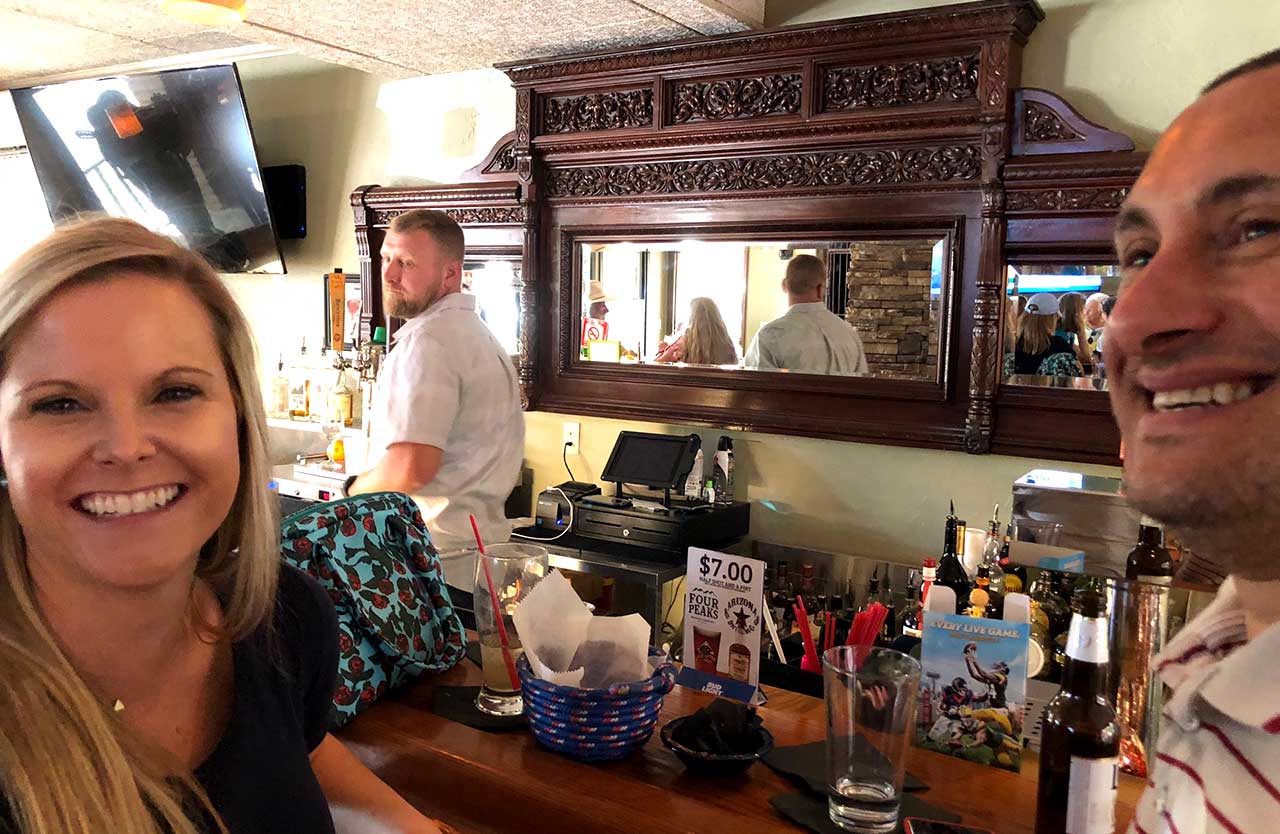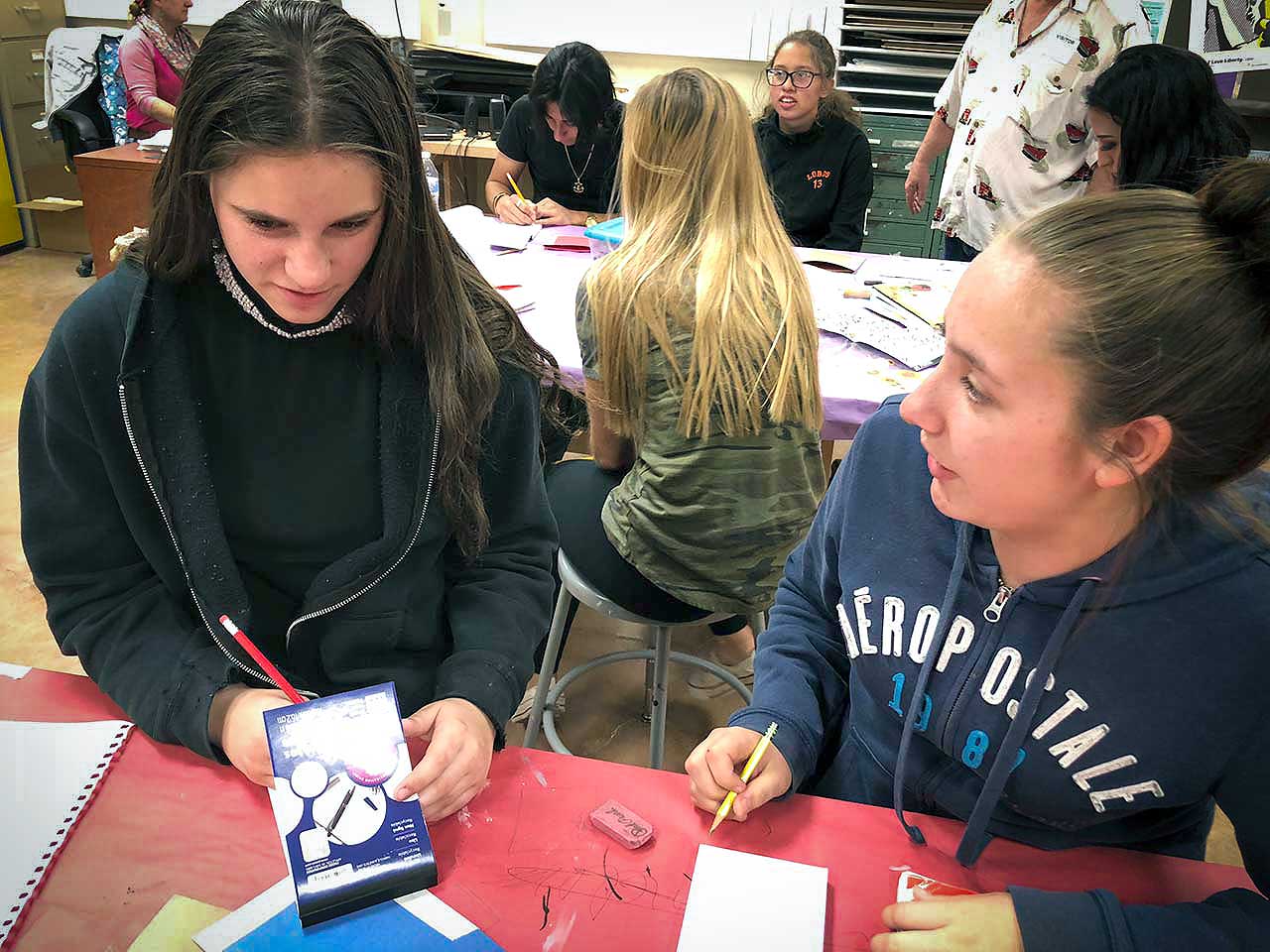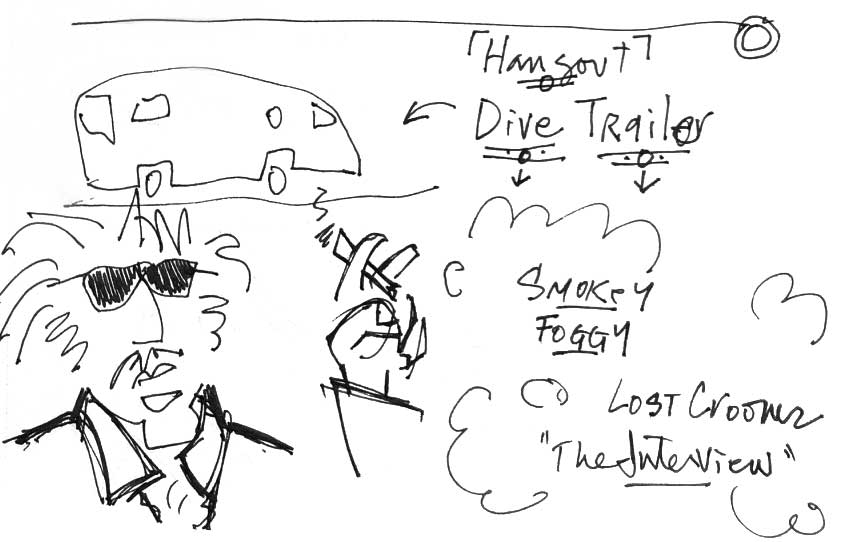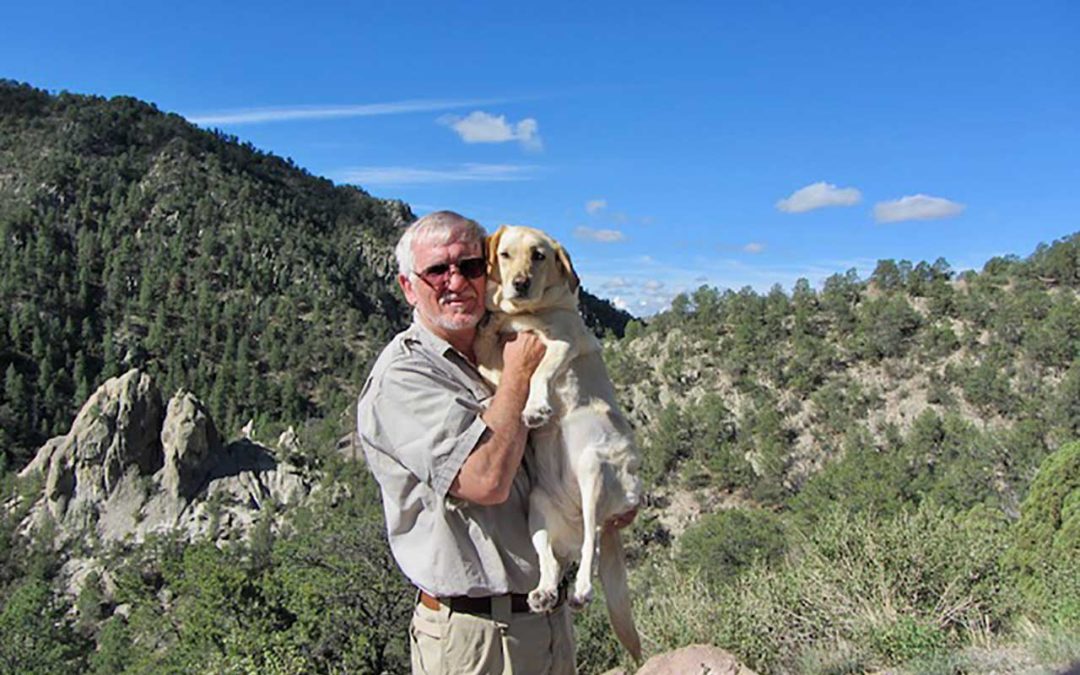
SPONSOR HIGHLIGHT: William Taft, Biologist and Renowned Entomologist
William (Bill) H. Taft Jr. is a retired biologist for the State of Michigan. He was employed by the state for 25 years where most recently he served as a senior aquatic biologist in the Water Bureau.
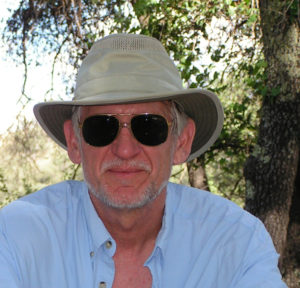
He actively collects clear-wing moths throughout North America and publishes on the subject. A collector since 1968, he’s known for identifying rare and unknown Sesiidae (clear wing) moths throughout North America.
Bill has followed and supported Ned Schaper and the Mat Bevel enterprise for the last 20 years. He explains, “I support Mat Bevel Company because the organization promotes Ned’s artwork which is unique. The theater, museum, school and video production involve a lot of science, and as a scientist I believe people need to know about physics, they need to know how to work with materials and make things. Plus, I think the work is clever. There isn’t that much stuff out there that is clever.”
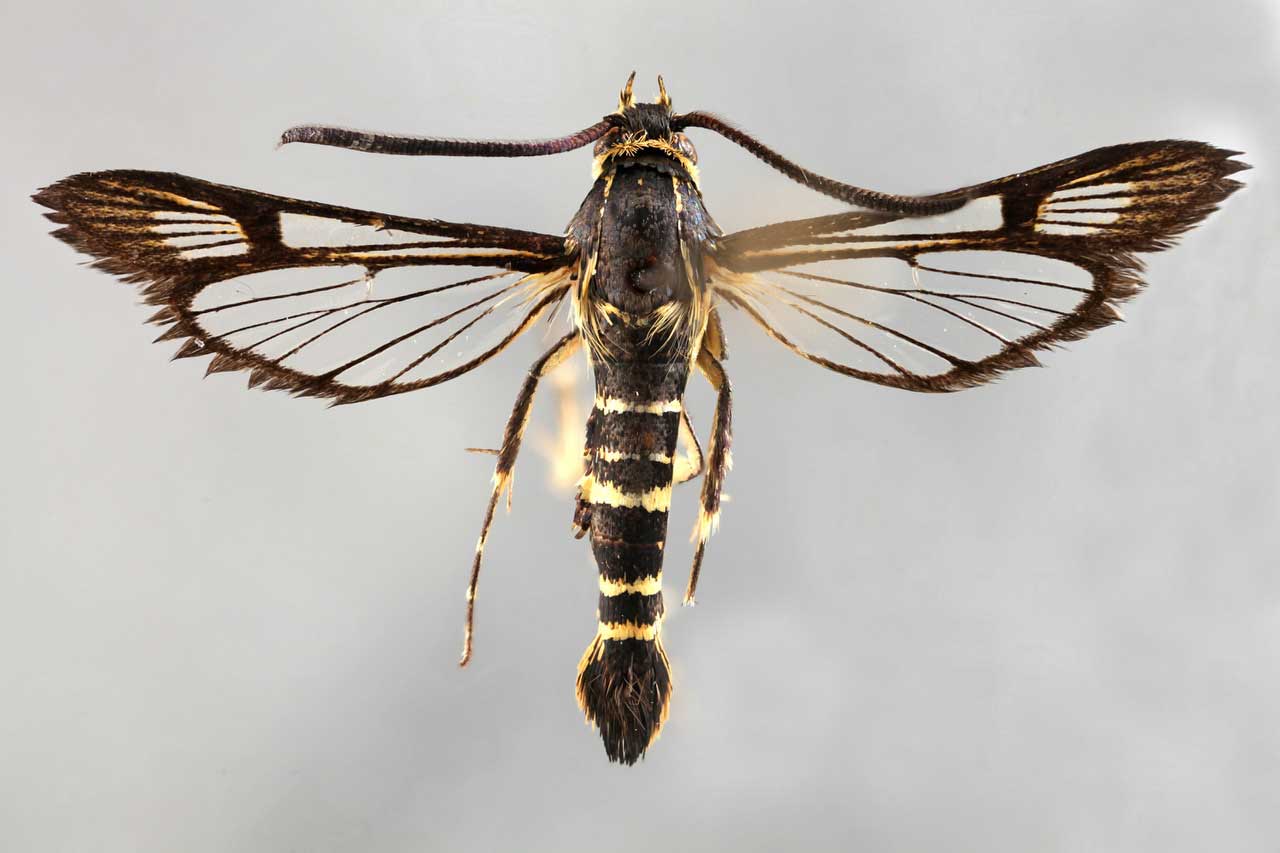
Mat Bevel Company Educational Sponsor William (Bill) H. Taft Jr. is an entomogologist who’s known for identifying rare and unknown Sesiidae (clear wing) moths in North America. The moth image above is Carmenta wildishorum (Taft & Cognato).
Bill believes that Mat Bevel Company can help young people learn about science in a subtle way. The physical science of the museum is blended with theater and inspiring characters to make learning engaging and entertaining. Students get exposed to science, technology and engineering in a way they haven’t been before.
Bill says, “Whether it Bevelvision video footage, the Museum Of Kinetic Art or classes and workshops from the School of Intuition that teach people how to put things together, it only takes one exposure to change someone’s life.”
Bill had a powerful experience himself when he was young. He connected with a professional biologist who worked for the State of Michigan whose passion was for Michigan butterflies and moths. This gentleman became Bill’s mentor and it changed everything for him.
The Universe Within world-building course holds particular promise for Bill. Classes provide hands-on learning and participation where students design and create elements of their world in two-, three and four-dimensions—using a scientific sketchbook to capture their unique ideas, while making sculptural helmets and kinetic replicas from their worlds.

Bill lives in Michigan with his wife Barbara Kennedy and their English lab Luna.
Bill is certain that this type of problem-solving and discovery which integrates science, technology, theater and storytelling provides something that students will not get elsewhere. Exposure to new ways of thinking is how businesses and organizations succeed. The Universe Within has the potential to prepare students for careers as well as connect them to the physical world, something that’s especially important in the digital age we live in.
Bill’s hope is that the Mat Bevel Company enterprise will continue to become more successful. “Let’s face it. We don’t know where things will lead until you get there, but you can’t get there until you do something. In this case, interacting with students in school, is a great next step. The Universe Within is worthwhile because it’s both educational and inspirational. You don’t get that often in a class.”
Bill believes that the more people who are exposed to Mat Bevel Company’s kinesthetic approach to learning, the more likely they are to be successful and find something they enjoy in life. Bill says, “This is how people find their first career or get second careers….they discover something more interesting. They get their hands on it. They’re not just reading about the subject, the great people are doing it!”
With all the distractions today, from social media and video games, many young people do not find the time to think more deeply. As Bill says, “The greatest scientists thought about a problem they were going to solve. They understood that if they didn’t do it, who else was going to do it?”
Bill understands that the people who are unique and have novel ideas take the time to think about the world, and to solve problems.
